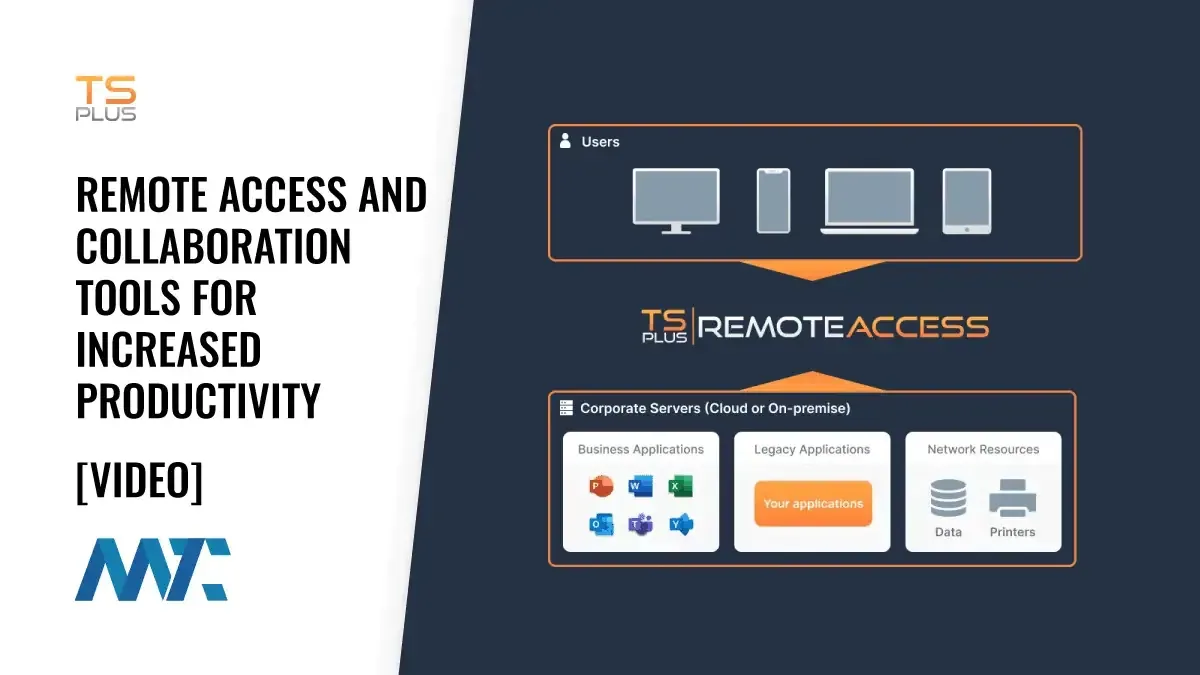RDS is a server-based computing technology that enables users to access their desktop environment, applications, and data from virtually any device with an internet connection. The foundation of RDS lies in its server-centric approach. Instead of applications running locally on each user’s device, they execute on centralized servers in a data center. This architectural design brings numerous advantages, particularly regarding management, security, and accessibility.
RDS Components and Their Functions
- Connection Broker: The central nervous system of RDS that manages user connections, load balancing, and session distribution across multiple servers.
- Gateway Server: A specialized component that provides a secure entry point for remote users accessing internal resources from the internet, eliminating the need for VPN connections.
- Web Access: The web-based interface allows users to access their applications and desktops through standard browsers, providing flexibility in access methods.
- Session Host: The workhorse of RDS that hosts user sessions and applications, managing multiple concurrent user connections and resource allocation.
RDS Benefits
Remote Desktop Services transform traditional computing paradigms by centralizing management while decentralizing access. Organizations benefit from reduced endpoint management costs, enhanced security through centralized data storage, and improved compliance controls. The technology proves particularly valuable in scenarios such as:
- Remote Workforce Support: Enables seamless work-from-home capabilities while maintaining security and performance standards.
- Branch Office Connectivity: Provides consistent application access across geographical locations without requiring local infrastructure.
- BYOD Implementation: Supports diverse device types while maintaining control over corporate data and applications.
RDS Security Considerations
Security in RDS implementations operates on multiple levels. Transport-level encryption protects data in transit, while role-based access control and multi-factor authentication safeguard against unauthorized access. The centralized nature of RDS also simplifies security patch management and reduces the attack surface.
RDS Performance Optimization
Delivering a smooth user experience requires careful attention to performance factors. Network bandwidth, server resources, and user density all play crucial roles. Modern RDS implementations utilize advanced compression algorithms, intelligent graphics rendering, and dynamic resource allocation to maintain responsiveness under varying conditions.
RDS Future Trends
The evolution of RDS continues to parallel broader technology trends. Integration with cloud services, enhanced support for multimedia applications, and improved mobile device compatibility represent key development areas. The technology increasingly incorporates artificial intelligence for predictive scaling and automated optimization.
RDS Considerations
When implementing RDS, organizations should consider several factors:
- Infrastructure Requirements: Careful planning of server capacity, storage, and network infrastructure to support expected user loads.
- User Experience Design: Consideration of end-user needs, including application performance requirements and device compatibility.
- Management Strategy: Development of clear policies for user access, resource allocation, and system maintenance.
RDS Impact on IT Operations
RDS significantly transforms IT operations by centralizing management tasks. Instead of managing numerous individual endpoints, IT teams can focus on maintaining and optimizing the central infrastructure. This shift often results in reduced support costs and improved service delivery.
Remote Desktop Services represents a mature yet evolving technology that continues to adapt to modern workplace requirements. Its ability to provide secure, managed access to applications and desktops from anywhere makes it an essential tool for organizations embracing flexible work arrangements while maintaining control over their IT environment.
Additional Acronyms for RDS
- RDS - Amazon Relational Database Services
